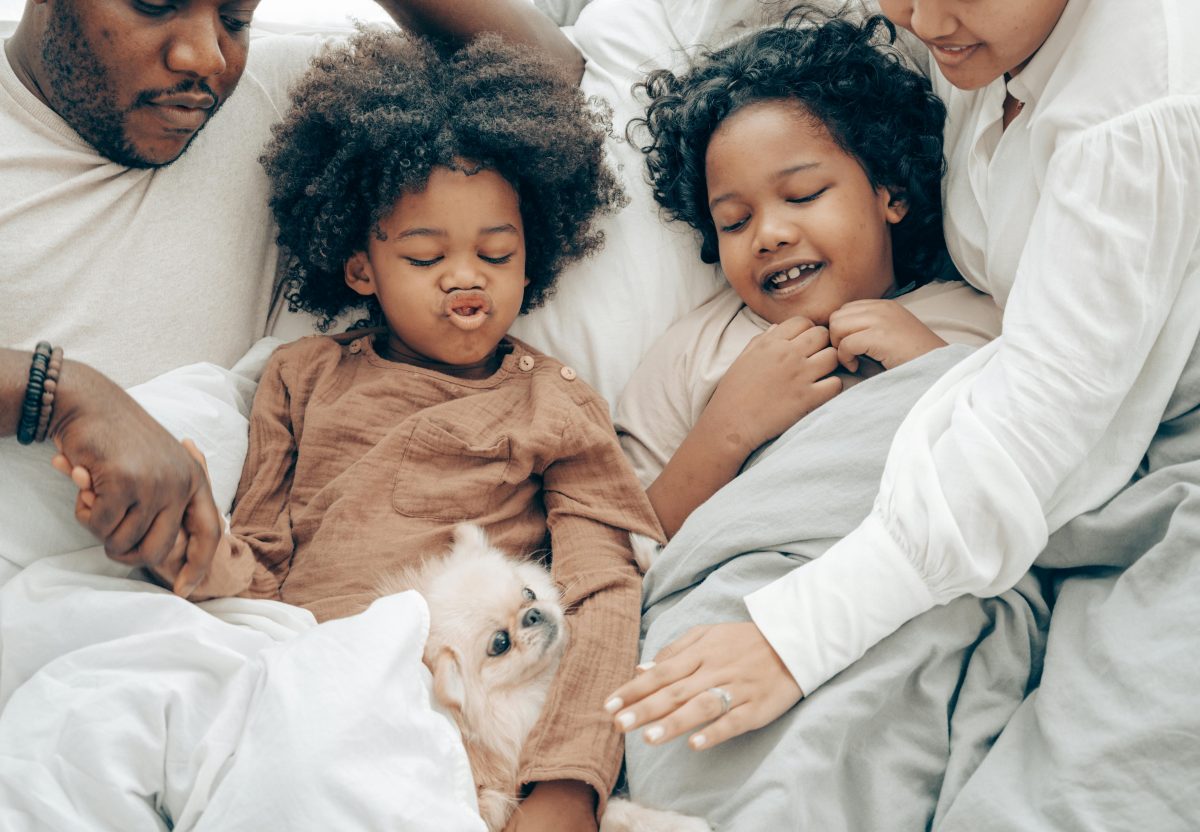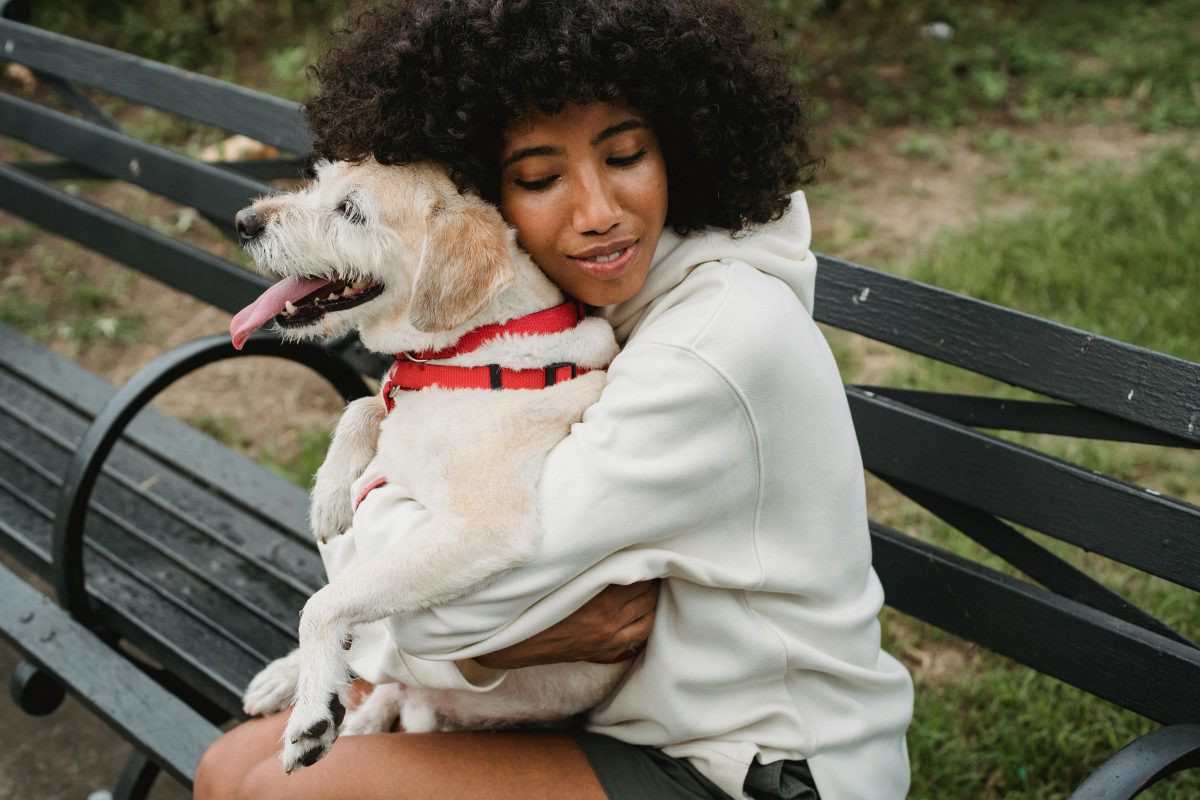A Brief Overview of the Relationship Between Kids and Pets

The emotional and psychological link that forms between children and their pets is strong, sometimes serving as a child’s first venture into the complexity of caring, empathy, and unconditional love. Historically, dogs have been regarded part of the family, a custom that improves the lives of children by providing them with a sense of companionship and a unique type of support. This bond creates a key platform for discussions on responsibility, teaching youngsters valuable life skills through their interactions with pets. As we explore more into the function of pets in teaching kids responsibility, it’s crucial to appreciate this foundational link, which not only fosters a child’s emotional growth but also lays the platform for establishing responsible behaviours and attitudes.
Understanding Responsibility Through Pet Care

In the path of a child’s growth, responsibility is a cornerstone, emerging via experiences that teach them about care, time management, and the value of fulfilling obligations. Pet care is a practical and interesting opportunity to impart these ideals. The daily routines of feeding, grooming, and ensuring dogs get appropriate exercise are not simply duties but lessons in responsibility and the skill of caring for another living being.
The Daily Routine of Pet Care
- Feeding: Teaches children about nutritional needs and the value of a timetable.
- Grooming: Highlights the importance for cleanliness and personal care, whether it’s brushing fur or cleaning a fish tank.
- Practice: Vital for a pet’s health, also gets children moving, underlining the value of physical fitness.
Instilling a Sense of Duty and Time Management
Through the lens of pet care, children learn the necessity of sticking to a schedule, managing their time well to fit their pet’s requirements alongside their own activities. This everyday commitment promotes a sense of duty and reliability, values that are vital in every aspect of life. As youngsters develop, the responsibility of caring for a pet transforms them into empathetic, disciplined, and organised persons, ready to face the world with confidence.
Ultimately, the importance of dogs in teaching kids about responsibility is enormous. It’s a journey that begins with love and care for a furry buddy but leads to vital life lessons that prepare children for the future. In nurturing their pets, youngsters learn to foster their own growth and development, a lovely cycle of learning and love.
Emotional Development Fostered by Pet Ownership

At the heart of pet ownership lies a treasure mine of potential for emotional growth. Children, through the simple actions of caring for their pets, begin on a journey of emotional development that is both profound and life-affirming.
- Empathy: Blossoms as children learn to read their pets’ wants and feelings, enhancing their capacity to relate to and care for others.
- Compassion: Is developed on the fertile ground of pet care, creating a genuine concern for the well-being of their pets and broadening to cover all living beings.
- Understanding Life Cycles: Pets teach children learn the cycles of life, including illness and grief, encouraging resilience and a deeper appreciation for life.
In essence, dogs are more than just companions; they are teachers, leading children through the complexity of emotional development with every wag of a tail or purr of happiness. The lessons learnt in the companionship of pets improve children’s life, preparing them for the greater responsibilities they will undertake as they grow.
The Impact of Pets on Child’s Self-Esteem and Confidence

One of the most surprising characteristics of pet ownership is its potential to increase a child’s self-esteem and confidence. The responsibility of caring for a pet brings with it a sense of success and pride. Successfully feeding, grooming, and ensuring their pet is healthy helps youngsters to experience the direct benefits of their efforts, developing a sense of achievement.
Pets offer unconditional love, a sort of positive reinforcement that is crucial in a child’s growth. This consistent support from a pet can enhance a child’s self-worth, knowing they are capable of caring for another living being. The joy and company pets bring contribute greatly to this good self-perception.
Moreover, overcoming hurdles in pet care, such as coping with a pet’s illness or learning how to teach them, can considerably enhance a child’s confidence. These experiences teach resilience and problem-solving, skills that are vital in many aspects of life. As youngsters navigate these difficulties, they learn that they are capable of handling difficult situations, a realisation that contributes to a powerful sense of self-confidence.
In essence, the journey of pet ownership is loaded with possibilities for youngsters to grow in confidence and self-esteem. Through the daily care of a pet, children not only learn responsibility but also acquire a stronger sense of self, equipped with the awareness that they can make a positive impact on the world around them.
Educational Advantages of Having Pets

Integrating pets into a child’s life offers a multitude of educational benefits that reach far beyond the basic teachings of responsibility. Through the lens of pet ownership, youngsters begin on an enriching journey of cognitive development. They get a deeper grasp of animal behavior and requirements, a process that naturally inspires curiosity and supports independent learning.
- Curiosity and Research: Curiosity leads to investigation. Children, inspired by their desire to offer the greatest care for their pets, sometimes find themselves seeking out information about pet care. This quest for knowledge not only develops their research skills but also instills a love for study that beyond the subject of pets. It’s an exciting method to develop critical thinking and problem-solving abilities, as students navigate through a variety of information to locate what’s most relevant and reliable.
- Living Classroom: Pets serve as a living classroom for lessons in biology and environment. Through their care, children learn about the physiological needs of animals, their life cycles, and their functions within ecosystems. This hands-on approach to learning makes complicated concepts more concrete, promoting a greater knowledge and appreciation for the natural world. It’s a dynamic method to introduce scientific thinking, promoting observations, hypotheses, and even small experiments, such as understanding how different meals affect a pet’s health or behavior.
In essence, pets are not only companions; they are catalysts for educational advancement. They provide a new and dynamic method to explore the world, encouraging youngsters to question, learn, and grow. The educational advantages of keeping pets are profound, giving lessons that are both enriching and enduring.
To sum up
Pets shape children into responsible, compassionate persons. They develop resilience and joy through everyday care routines. By fostering pets, youngsters go on a journey of emotional and educational growth, learning lessons of empathy, discipline, and self-esteem. These experiences prepare them for future challenges, improving their life and the world around them. Let’s promote this link to build a more empathetic, responsible generation.
The Role of Pets in Teaching Kids Responsibility FAQs
Caring for a pet can significantly help a child develop empathy. By recognizing and responding to a pet’s needs, feelings, and behaviors, children learn to understand and share the feelings of another, which is a key component of empathy. This emotional connection and understanding can extend to relationships with people, enhancing a child’s social skills.
Taking care of a pet can improve a child’s physical health through activities such as walking, playing, and running with the pet. These activities encourage an active lifestyle and can help reduce the risk of obesity and associated health issues. Additionally, interacting with pets has been shown to lower stress levels and increase feelings of happiness.
Pets can help children learn about life and death in a very direct and tangible way. Experiencing the life cycle of a pet, from adoption to their passing, can provide a child with a personal understanding of mortality and the emotions associated with loss. This can be a valuable lesson in coping with grief and understanding the value of life.
Parents can help children learn responsibility through pet care by guiding them in their tasks, setting a good example, and providing consistent feedback. By involving children in decision-making processes related to the pet, such as choosing food or veterinary care, parents can encourage critical thinking and a deeper sense of ownership. This supportive approach helps children feel more invested in their role and understand the importance of their contributions to their pet’s well-being.
Pets influence a child’s development of responsibility over time by providing them with continuous, real-life opportunities to care for another being. As children grow and their abilities and understanding deepen, they can take on more complex tasks and make more significant decisions regarding their pet’s care. This gradual increase in responsibility helps children develop a strong sense of duty, time management skills, and an understanding of the impact of their actions on others.
Pets teach children responsibility by requiring regular care and attention. Through feeding, grooming, and caring for a pet, children learn to prioritize another being’s needs and the importance of maintaining a consistent routine. This hands-on experience with responsibility can help instill a sense of duty and care in children from a young age.
Having a pet can positively affect a child’s social skills by providing opportunities for social interaction and developing communication skills. Pets often serve as social catalysts, making it easier for children to engage in conversations and activities with peers who have similar interests. This shared responsibility and interest in pets can help children build friendships and improve their teamwork and cooperation skills.
The appropriate age for a child to start taking care of a pet varies, but children as young as three can begin with simple tasks under supervision. As children grow, they can take on more responsibilities, such as feeding, walking, or cleaning up after a pet, which can help them learn and grow in their capacity to care for others. The key is to match the pet care tasks with the child’s age and maturity level.
The challenges of teaching children responsibility through pets include the potential for inconsistency in care, the child’s loss of interest, and the possibility of the parent having to take over responsibilities. It’s important for parents to monitor the care provided to the pet and to step in when necessary, while still allowing the child to learn from their mistakes. Balancing guidance with independence is key to successfully teaching children the value of responsibility through pet ownership.
A child’s responsibilities for pet care should include feeding, providing clean water, grooming, and spending time playing with the pet. These tasks help children understand the daily needs of another living being and the commitment required to care for them. As children fulfill these responsibilities, they learn about the consequences of their actions and the importance of reliability and dedication.

